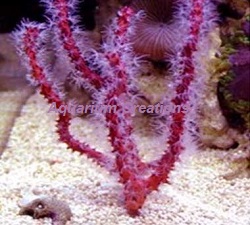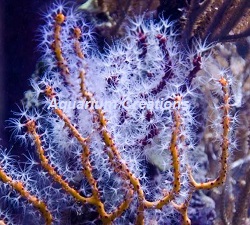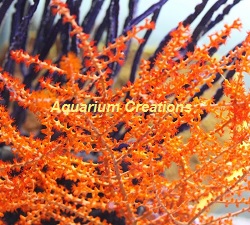
|
|
|
|
|
|
|
|
|
|
Seafans | Gorgonians
|
So What is it, a Sea Fan or a Gorgonian? Actually their both. Sea fans used to be called gorgonians, they are found throughout the oceans of the world, especially in the tropics and subtropics. The commonly used name for this order of coral is now a Sea Fan, but many aquarist's will always call them Gorgonians. So whichever name you use, they have tiny polyps which form colonies of polyps. In this hobby, sea fan or Gorgonian are pretty interchangeable. Sea fan being used more for those of a certain fan shape. Their polyps are mostly flattened, erect, often branching, and often they are shaped like a fan. There are some others that are not fans shaped, they are more whip-like, bushy, often encrusting. Colors are many, with a range from purple, red, rusty brown, bright orange, green, and even bright yellow. The Sea Fan (Gorgonian) are very similar to soft corals, they are most often found in the warmer waters around reefs. To keep upright and strong sea fans will anchor themselves in the ocean sand or mud sometimes as much as 8 inches deep. There are over 450 different species found in the oceans around the world. A sea fans size, shape, and appearance are highly correlated with their location. The more fan-shaped and flexible tend to populate shallower areas with strong currents, while the taller, thinner, and stiffer sea fans are found in deeper, less bright waters. Many species of sea fan (gorgonians) have a symbiotic relationship with algae to gain access to a more reliable food source. The algae will carry out photosynthesis and the sea fans will get the energy as well as oxygen. Photosynthetic and Non-Photosynthetic Sea Fans (Gorgonians)Photosynthetic gorgonians love light, so be sure to place them in an area of your tank where they will be under moderate to high lighting for several hours a day. Photosynthetic corals take in the light creating photosynthetic algae, called zooxanthellae. The zooxanthellae live within the tissues of photosynthetic corals and provide them with oxygen and the products of photosynthesis, including glucose and amino acids. The corals, in turn, use these products as the energy source for building calcium carbonate skeletons and growing more living tissue. Non-Photosynthetic (NPS) corals need to receive their energy from feeding on food. This can be problematic because they need to be consuming food almost constantly. To take care of Non-Photosynthetic (NPS) corals feed a mixture of food with a range of particle sizes, ranging from tiny phytoplankton to small rotifers and larger calanus copepods & mysis shrimp. Obviously the corals with big mouths want the big food and vice versa. Feeding should be done a few times every day. The amount of food you feed depends on the size of your tank and filtration. Adjust your feeding's based on your corals’ response. Automatic feeders are very popular with Non-Photosynthetic (NPS) tanks. It takes out a considerable amount of the work. These feeders can easily be built DIY or an automatic feeder can be purchased from your local fish store. Don't Let Your Sea Fans (Gorgonians) be stung!Photosynthetic gorgonians are fairly easy to keep, but many corals can sting and damage the tissue of the Sea fan (Gorgonian). So make sure you keep them at a distance from other corals to prevent stinging. In general, always provide a few inches of space around every coral in your reef aquarium since many are territorial in nature and could sting or engage in chemical warfare. Give Them What They Need!Most of the sea fans available to the aquarist come from shallow reef areas with strong tidal currents and ample sunlight. Therefore providing them with the same conditions in your aquarium is the smart way to go. A moderate to strong water flow is one of the most important factors in successfully keeping sea fans (gorgonians). The moderate to strong water flow helps some shed a thin membrane layer, much like leather corals, every few days to help rid their tissue of bacteria, algae and other irritants. Sufficient water flow helps blow off the mucus membrane ensuring better overall health and longer polyp extension. Sea fans always prefer to be placed upright, standing tall, secured to a rock with marine epoxy. If they are leaning up against the aquarium wall or against another hard surface, it impedes the water flow and harms the tissue. |
|
PseudoplexauraPorosa 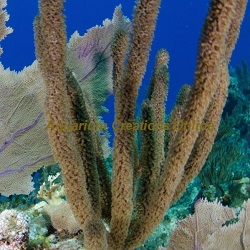 Click Picture for More Information Click Picture for More Information
|
Pseudoterogorgia elisabethae 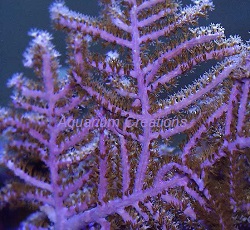 Click Picture for More Information Click Picture for More Information
|
Pinnigorgia flava 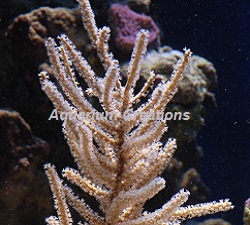 Click Picture for More Information Click Picture for More Information
|
|
Muricea elongate 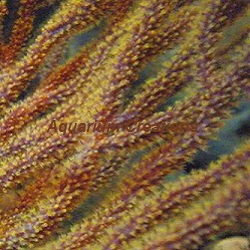 Click Picture for More Information Click Picture for More Information
|
Purple Candleabra Plexaura flexuosa 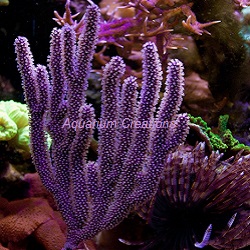 Click Picture for More Information Click Picture for More Information
|
Briareum asbestinum 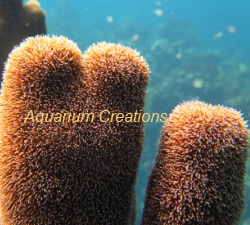 Click Picture for More Information Click Picture for More Information
|
|
Acalycigorgia sp. 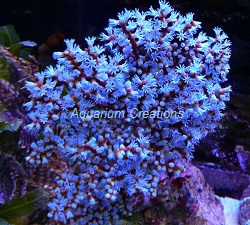 Click Picture for More Information Click Picture for More Information
|
Pterogorgia anceps 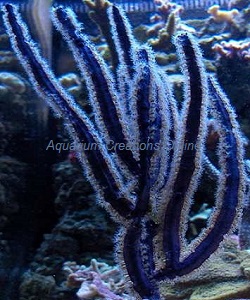 Click Picture for More Information Click Picture for More Information
|
Pseudopterogorgia Bipinnata 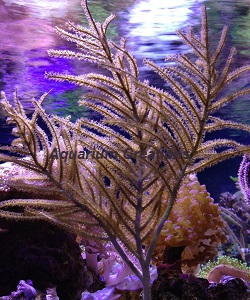 Click Picture for More Information Click Picture for More Information
|
|
Pterogorgia citrina 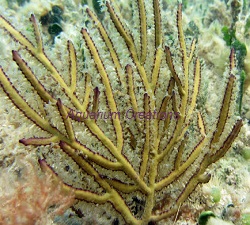 Click Picture for More Information Click Picture for More Information
|
Diodogorgia Nodulifera 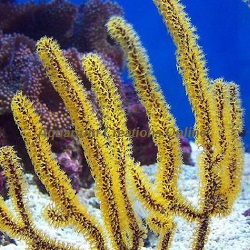 Click Picture for More Information Click Picture for More Information
|
|
|
Copyright 1994 - 2020 Aquarium Creations Online Photos are representative of each species. All marine life is unique and your coral may not look identical to the image provided. |
